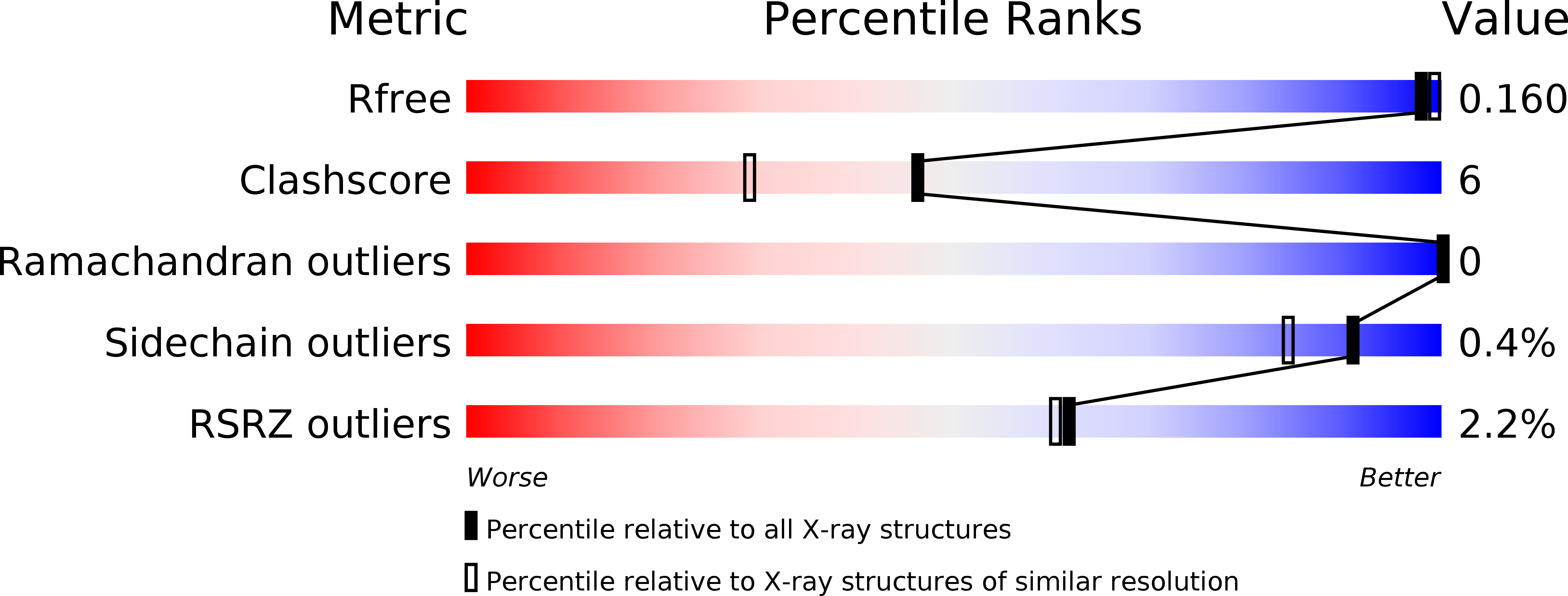
Deposition Date
2012-10-10
Release Date
2012-11-21
Last Version Date
2024-11-13
Entry Detail
PDB ID:
2YMV
Keywords:
Title:
Structure of Reduced M Smegmatis 5246, a homologue of M.Tuberculosis Acg
Biological Source:
Source Organism:
MYCOBACTERIUM SMEGMATIS (Taxon ID: 1772)
Host Organism:
Method Details:
Experimental Method:
Resolution:
1.60 Å
R-Value Free:
0.14
R-Value Work:
0.11
R-Value Observed:
0.12
Space Group:
P 3 2 1


